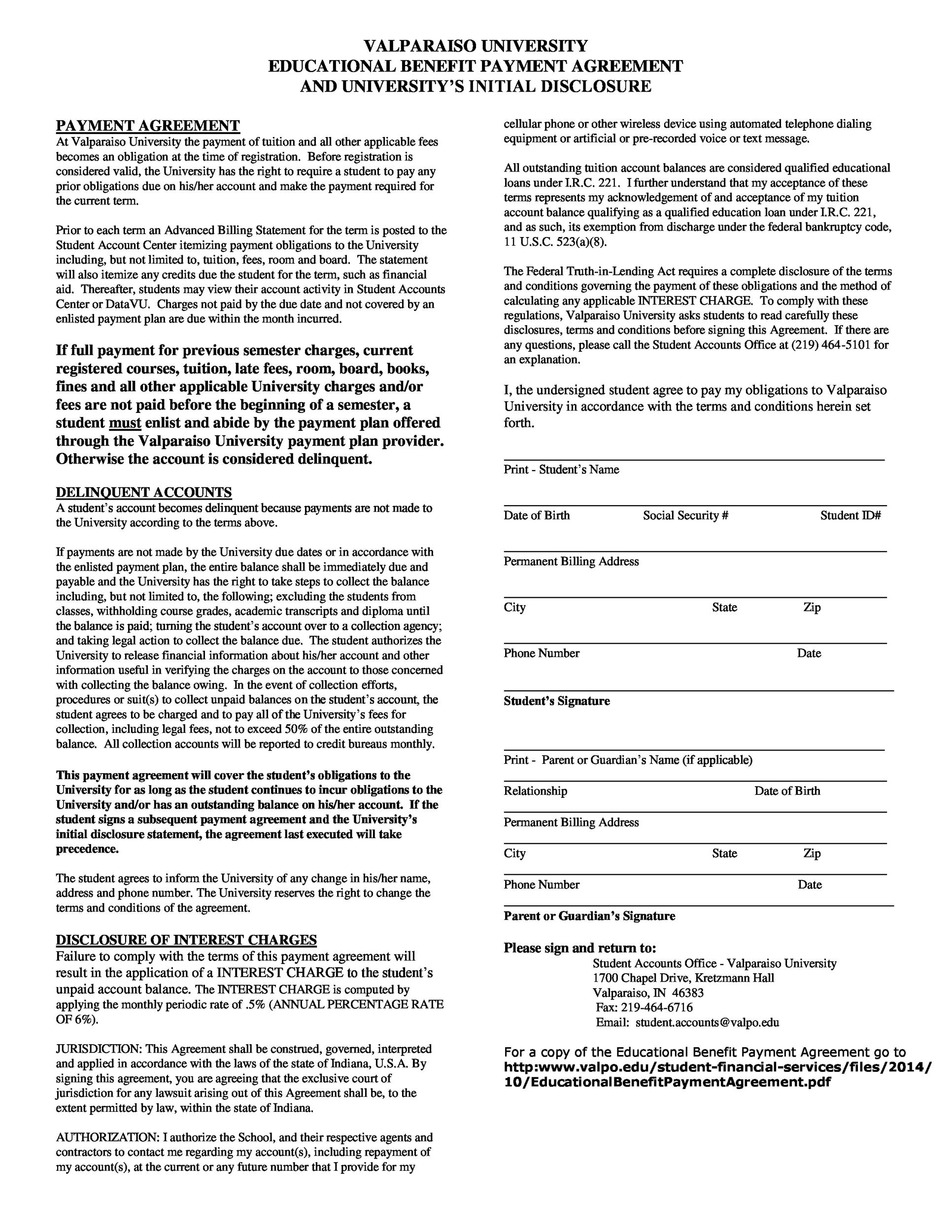
Requests for Exemption from the Requirement to Disclose the Identity of a Client In Annual Ethics Filings. Instructions; Exemption Form or IPOs: PDF Word. Feb 8, 2019 - #100-221. Emissions Inventory Reporting Form for Dry Cleaners. Administrative Amendment of Permit, MS Word PDF. Voluntary Disclosure / Self-Reporting of Noncompliance.
Preparing an Accurate Section 22.1 Disclosure- (no one said it would be easy..) Section 22.1 of the Illinois Condominium Property Act is the relevant provision regarding the necessary resale disclosures that must be provided to prospective buyers of condominium units in an association. This article focuses on some of the more difficult questions or challenges that can arise when the board or managing agent completes the several provisions of the Sec.  22.1 disclosure. What follows is an analysis of the several categories of disclosures mandated by Sec. 22.1 of the Act. 22.1(a)(1) - “A copy of the Declaration, by‑laws, other condominium instruments and any rules and regulations.” One must remember that the “condominium instruments” include more than just the declaration.
22.1 disclosure. What follows is an analysis of the several categories of disclosures mandated by Sec. 22.1 of the Act. 22.1(a)(1) - “A copy of the Declaration, by‑laws, other condominium instruments and any rules and regulations.” One must remember that the “condominium instruments” include more than just the declaration.
The association should also produce all substantive amendments to the declaration as well as any board rules. Imagine the controversy that could arise if an investor buyer moves in its tenant after closing, only to discover that a declaration amendment exists which restricts leasing in the building. Assuming it was the association (and not the seller) that produced an incomplete set of the governing documents, this buyer could argue that because it relied on the inaccurate disclosure, the association waived it right to enforce the leasing restriction as to the subject unit. Based on the foregoing, all parties to the transaction must make sure that they have the full universe of association governing documents. 22.1(a)(2)- “A statement of any liens, including a statement of the account of the unit” All unpaid assessments, fines or other charges on an owner’s ledger are a continuing lien against the unit. That means if the former owner does not pay all delinquent assessments before the sale, the buyer would be on the hook for payment after closing.
Accordingly, this section of the 22.1 disclosure must be closely scrutinized at the closing table. There is sometimes confusion if there is a special assessment balance on the unit ledger that is subject to a payment plan. Password generator.

In this instance, the 22.1 disclosure should clearly state not just the monthly charge per the payment plan, but fully disclose the remaining balance (or payoff amount) of the special assessment. Otherwise, and if the special assessment is not paid off at closing, the buyer may not realize until after closing that he/she has assumed this continuing financial obligation.
An accurate disclosure is also very important for bank-owned condominium units. 9(g) of the Act, the REO buyer may be obligated to pay up to six months of pre-foreclosure assessments and attorneys’ fees. It is the writer’s experience that the association sometimes mistakenly omits this buyer financial obligation from the 22.1 disclosure, and only later provides this calculation on the paid assessment letter.
Given that the paid assessment letter is typically not provided until the eve of closing, this can create angst at the closing table. 22.1(a)(3) – “A statement of any capital expenditures anticipated by the unit owner's association within the current or succeeding two fiscal years.” If an association is readying a major repair project and an associated special assessment, this may have a major impact on a pending real estate transaction. If the buyer and seller cannot reach an agreement regarding payment of the anticipated special assessment, the buyer could choose to cancel the contract.
As such, this is unquestionably the most critical of the Sec. 22.1 disclosures.
Therefore, association boards and managers must be sensitive to possible liability exposure when completing this section of the 22.1 disclosure. The board should avoid upsetting a seller through an unnecessary “over-disclosure”, and similarly avoid a possible post-closing claim from a buyer for an “under-disclosure”.
To illustrate an “under-disclosure” scenario with a hypothetical, let’s assume a board is considering a tear-off roof replacement project sometime in the “next couple of years”. The manager has secured 1-2 contractor proposals, but the board has decided to wait until the next fiscal year to secure additional estimates, select a contractor and decide on a timetable for the project. Even though this project may presently be on the back burner, the fact remains that the project is “anticipated” and the board has an idea of its possible cost. As such, it should be disclosed.